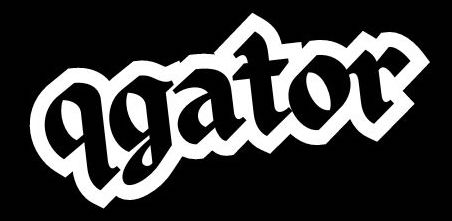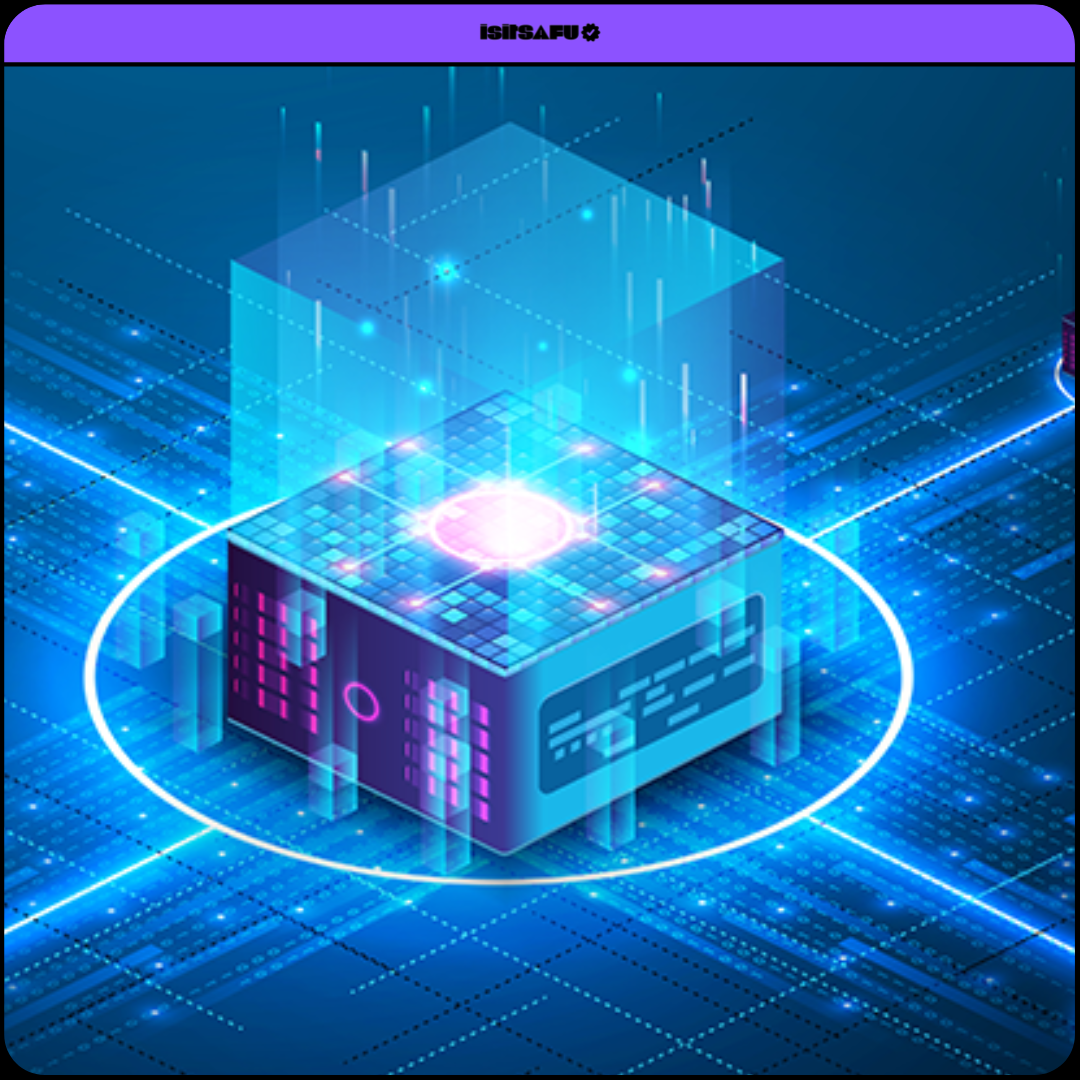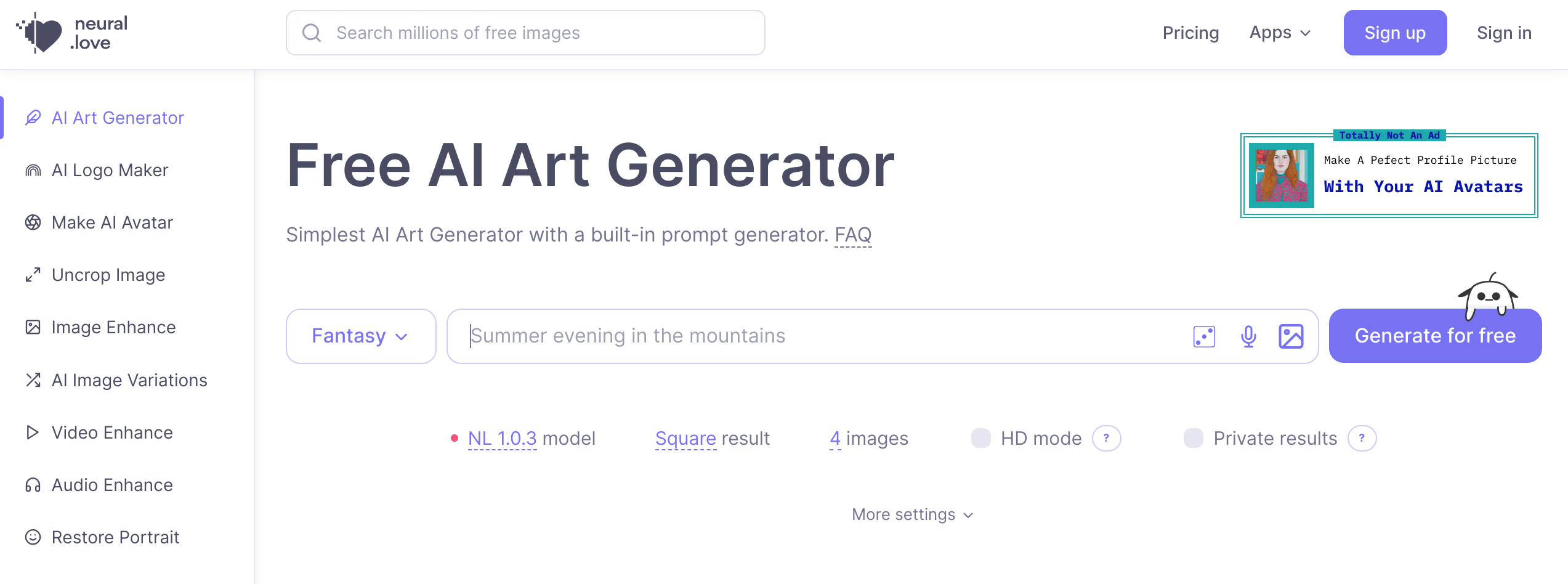I. Introduction
Blockchain technology is a powerful tool that has transformed the way we think about security, privacy, and trust in the digital age. In this article, we will explore the history and evolution of blockchain technology, from its early beginnings to its current state and future potential.
II. Origins of Blockchain Technology
Blockchain technology originated in 2008 with the publication of a paper by an anonymous individual or group of individuals using the pseudonym Satoshi Nakamoto. This paper, titled “Bitcoin: A Peer-to-Peer Electronic Cash System,” outlined the basic principles of blockchain technology and introduced the world to the first cryptocurrency: Bitcoin.
III. Early Development of Blockchain Technology
In the years following the publication of the Bitcoin paper, blockchain technology continued to develop and evolve. Developers created new cryptocurrencies and experimented with different blockchain implementations, exploring the possibilities of this revolutionary new technology.
IV. Blockchain Goes Mainstream
In 2015, the Ethereum blockchain was launched, introducing a new level of functionality to blockchain technology with the introduction of smart contracts. Smart contracts are self-executing contracts that are coded into the blockchain, enabling automatic and secure transactions without the need for intermediaries.
V. Current State of Blockchain Technology
Today, blockchain technology has matured into a powerful tool for secure and transparent transactions, with applications across a wide range of industries. In addition to cryptocurrencies, blockchain technology is being used for supply chain management, healthcare, real estate, and more.
VI. Future Potential of Blockchain Technology
As blockchain technology continues to mature, we can expect to see even more applications and innovations. Some experts predict that blockchain technology will be used to create decentralized autonomous organizations (DAOs), which are organizations that are run by code on a blockchain, rather than by traditional hierarchical structures.
VII. Examples of Blockchain Applications
There are many examples of blockchain technology being used today, including:
- Bitcoin: The first and most well-known cryptocurrency, which uses blockchain technology to enable secure and transparent transactions without the need for intermediaries.
- Ethereum: A blockchain platform that allows for the creation of decentralized applications (dApps) and smart contracts.
- IBM Blockchain: A blockchain platform developed by IBM that is being used for supply chain management, trade finance, and more.
- MediLedger: A blockchain-based platform for tracking and verifying pharmaceuticals throughout the supply chain.
VIII. Challenges and Concerns
While blockchain technology has the potential to revolutionize many industries, there are also several challenges and concerns that must be addressed. These include:
- Scalability: As blockchain technology becomes more widely used, scalability becomes an important issue, as the current technology is often limited in terms of the number of transactions it can process.
- Regulation: The legal and regulatory environment around blockchain technology is still evolving, and there is uncertainty around how governments will regulate this new technology.
- Energy Consumption: The process of mining cryptocurrencies on a blockchain requires a significant amount of energy, which has led to concerns around the environmental impact of blockchain technology.
X. Key Takeaways
- Blockchain technology originated in 2008 with the publication of the Bitcoin paper by an anonymous individual or group of individuals using the pseudonym Satoshi Nakamoto.
- Since then, blockchain technology has matured into a powerful tool for secure and transparent transactions, with applications across a wide range of industries.
- Blockchain technology is being used for supply chain management, healthcare, real estate, and more.
- As blockchain technology continues to develop and mature, we can expect to see even more applications and innovations, including decentralized autonomous organizations (DAOs).
- While there are challenges and concerns around blockchain technology, the potential to revolutionize the way we think about security, privacy, and trust in the digital age is immense.
XI. References
- “Bitcoin: A Peer-to-Peer Electronic Cash System” by Satoshi Nakamoto: https://bitcoin.org/bitcoin.pdf
- “Ethereum White Paper” by Vitalik Buterin: https://ethereum.org/whitepaper/
- “IBM Blockchain: The Platform for Multi-Enterprise Business Networks” by IBM: https://www.ibm.com/blockchain/platform
- “MediLedger: A Blockchain Platform for Pharmaceuticals” by MediLedger: https://www.mediledger.com/
XII. Additional Resources
- “Blockchain Revolution: How the Technology Behind Bitcoin and Other Cryptocurrencies is Changing the World” by Don Tapscott and Alex Tapscott
- “The Basics of Bitcoins and Blockchains” by Antony Lewis
- “Blockchain Basics: A Non-Technical Introduction in 25 Steps” by Daniel Drescher
XIII. Conclusion
The history and evolution of blockchain technology is a fascinating story of innovation and disruption. From its early origins in the Bitcoin paper of 2008 to its current state as a powerful tool for secure and transparent transactions, blockchain technology has come a long way in a relatively short amount of time. As the technology continues to develop and mature, we can expect to see even more applications and innovations that will transform the way we think about security, privacy, and trust in the digital age. By understanding the history and evolution of blockchain technology, we can better appreciate the immense potential of this revolutionary technology.

















